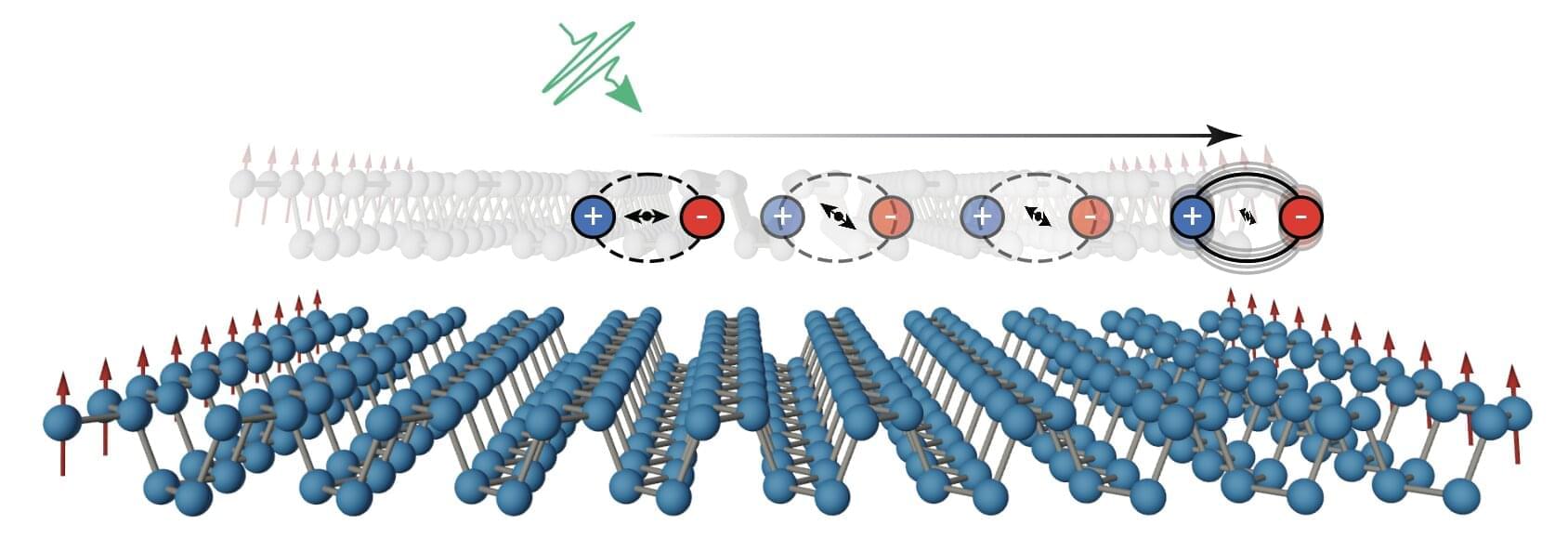The prolonged attack, which lasted 300+ days, is the first known compromise of the US electric grid by the Voltzite subgroup of the Chinese APT; during it, the APT attempted to exfiltrate critical OT infrastructure data.




Harmful microorganisms such as bacteria represent one of the largest threats to human health. Efficient sterilization methods are thus a necessity.
In the journal Angewandte Chemie, a research team has now introduced a novel, sustainable, electrocatalytic sterilization method based on electrodes covered with copper oxide nanowires. These generate very strong local electric fields, thereby producing highly alkaline microenvironments that efficiently kill bacteria.
Conventional disinfection methods, such as chlorination, treatment with ozone, hydrogen peroxide oxidation, and irradiation with ultraviolet light have disadvantages, including harmful by-products and high energy consumption.

University at Albany researchers at the RNA Institute are pioneering new methods for designing and assembling DNA nanostructures, enhancing their potential for real-world applications in medicine, materials science and data storage.
Their latest findings demonstrate a novel ability to assemble these structures without the need for extreme heat and controlled cooling. They also demonstrate successful assembly of unconventional “buffer” substances including nickel. These developments, published in the journal Science Advances, unlock new possibilities in DNA nanotechnology.
DNA is most commonly recognized for its role in storing genetic information. Composed of base pairs that can easily be manipulated, DNA is also an excellent material for constructing nanoscale objects. By “programming” the base pairs that make up DNA molecules, scientists can create precise structures as small as a few nanometers that can be engineered into shapes with intricate architectures.

Scientists have long suspected that phosphorene nanoribbons (PNRs)—thin pieces of black phosphorus, only a few nanometers wide—might exhibit unique magnetic and semiconducting properties, but proving this has been difficult.
In a recent study published in Nature, researchers focused on exploring the potential for magnetic and semiconducting characteristics of these nanoribbons. Using techniques such as ultrafast magneto-optical spectroscopy and electron paramagnetic resonance they were able to demonstrate the magnetic behavior of PNRs at room temperature, and show how these magnetic properties can interact with light.
The study, carried out at the Cavendish Laboratory in collaboration with other institutes, including the University of Warwick, University College London, Freie Universität Berlin and the European High Magnetic Field lab in Nijmegen, revealed several key findings about phosphorene nanoribbons.

In a recent collaboration between the High Magnetic Field Center of the Hefei Institutes of Physical Science of Chinese Academy of Sciences, and the University of Science and Technology of China, researchers introduced the concept of the topological Kerr effect (TKE) by utilizing the low-temperature magnetic field microscopy system and magnetic force microscopy imaging system supported by the steady-state high magnetic field experimental facility.
The findings, published in Nature Physics, hold significant promise for advancing our understanding of topological magnetic structures.
Originating in particle physics, skyrmions represent unique topological excitations found in condensed matter magnetic materials. These structures, characterized by their vortex or ring-like arrangement of spins, possess non-trivial properties that make them potential candidates for next-generation magnetic storage and logic devices.

A team of researchers led by Colorado State University graduate student Luke Wernert and Associate Professor Hua Chen has discovered a new kind of Hall effect that could enable more energy-efficient electronic devices.
Their findings, published in Physical Review Letters in collaboration with graduate student Bastián Pradenas and Professor Oleg Tchernyshyov at Johns Hopkins University, reveal a previously unknown Hall mass in complex magnets called noncollinear antiferromagnets.
The Hall effect—first discovered by Edwin Hall at Johns Hopkins in 1879—usually refers to electric current flowing sideways when exposed to an external magnetic field, creating a measurable voltage. This sideways flow underpins everything from vehicle speed sensors to phone motion detectors. But in the CSU team’s work, electrons’ spin (a tiny, intrinsic form of angular momentum) takes center stage instead of electric charge.

Tryptamine psychoactive substances, such as α-methyltryptamine (AMT), are monoamine alkaloids characterized by an indole ring structure. Rapid, highly sensitive, and specific identification of trace amounts of AMT is crucial for maintaining social stability and ensuring public safety. However, accurately detecting AMT using specific fluorescent methods is challenging due to the presence of similar amine groups and benzene rings in various other amines.
To address this challenge, a research team led by Prof. Dou Xincun from the Xinjiang Technical Institute of Physics and Chemistry of the Chinese Academy of Sciences (CAS) has developed a novel molecular probe strategy to enhance detection sensitivity and selectivity for AMT.
Their findings, published in Analytical Chemistry, emphasize tuning the electron-withdrawing strength of the π-conjugate bridge to improve the reactivity of Schiff base-based fluorescence probes with amines.

The Korea Research Institute of Standards and Science (KRISS) has developed a technology that controls the energy of single electrons in the desired form. This technology reduces the instability of electrons caused by external environments and enables stable quantum state implementation, making it a foundational technology to enhance the performance of single-electron qubits.
The research was conducted in collaboration with Jeonbuk National University, Korea Advanced Institute of Science and Technology (KAIST), and Korea Institute of Science and Technology (KIST), and the results were published in Nano Letters.
Electrons are fundamental particles that make up atoms, and when their paths are divided, they exhibit the quantum superposition phenomenon, passing through both paths (0 and 1) simultaneously.

A possible method for probing the properties of exotic particles that exist on the surfaces of an unusual type of superconductor has been theoretically proposed by two RIKEN physicists.
The paper is published in the journal Physical Review B.
When cooled to very low temperatures, two or more electrons in some solids start to behave as if they were a single particle.